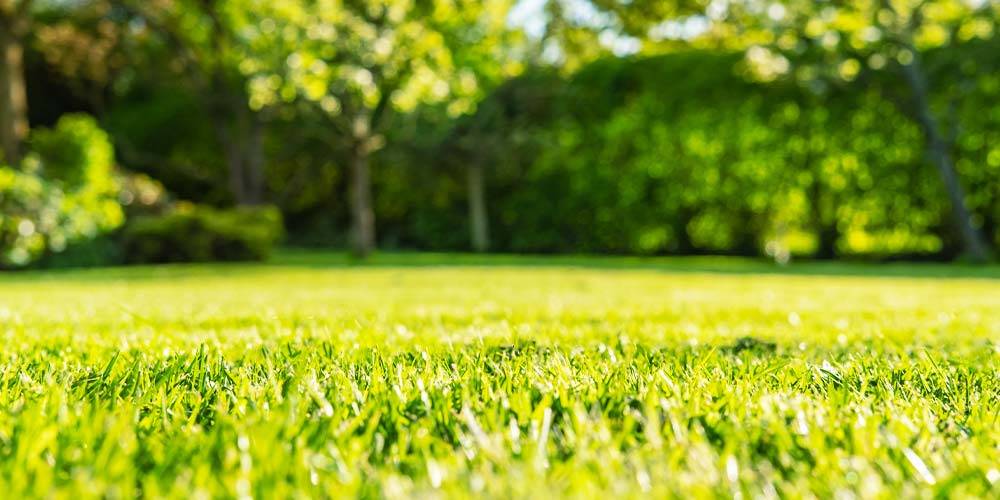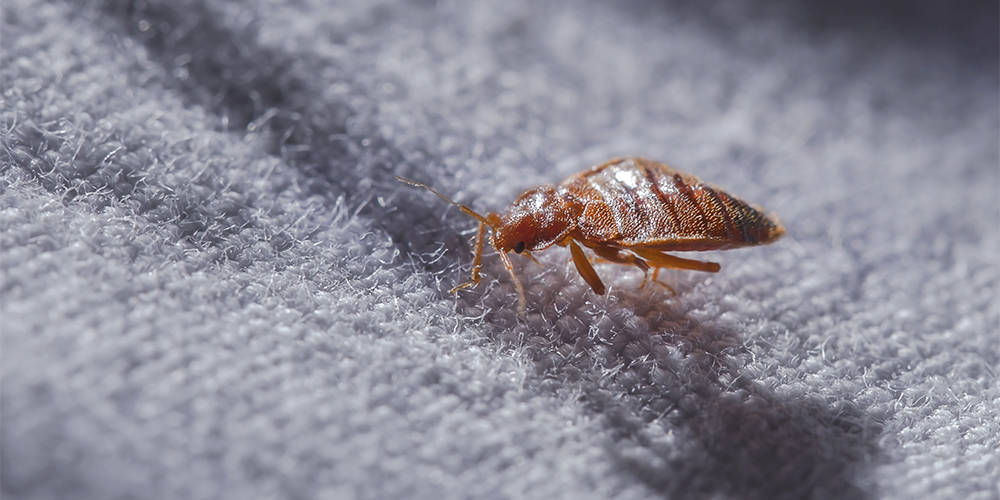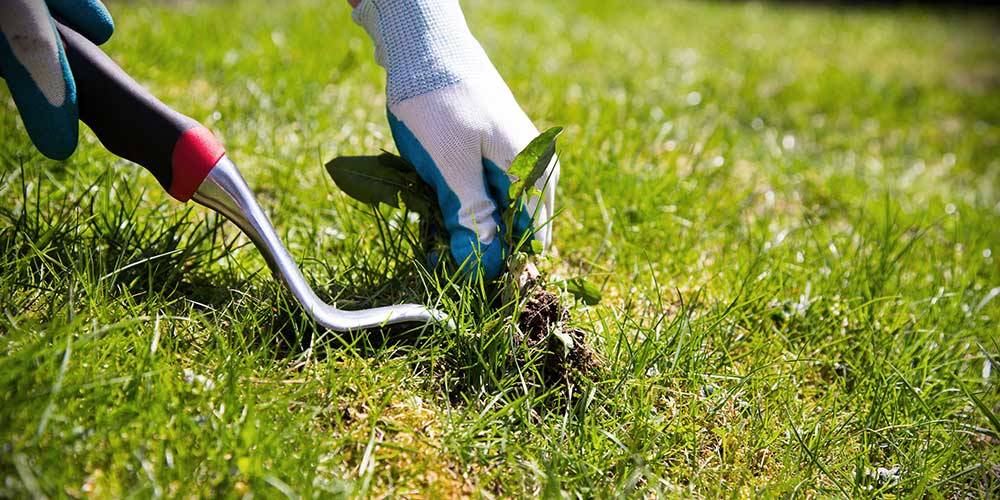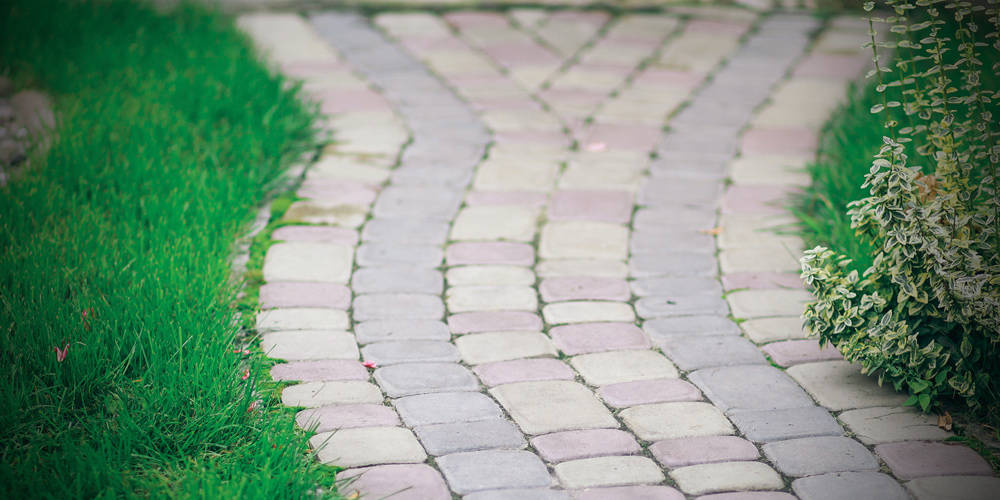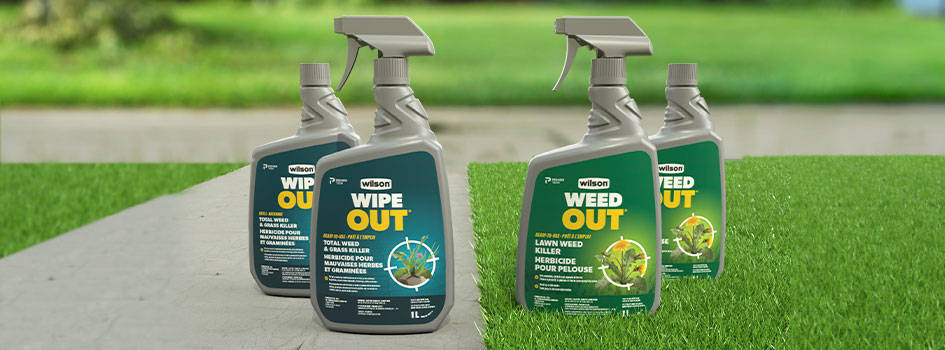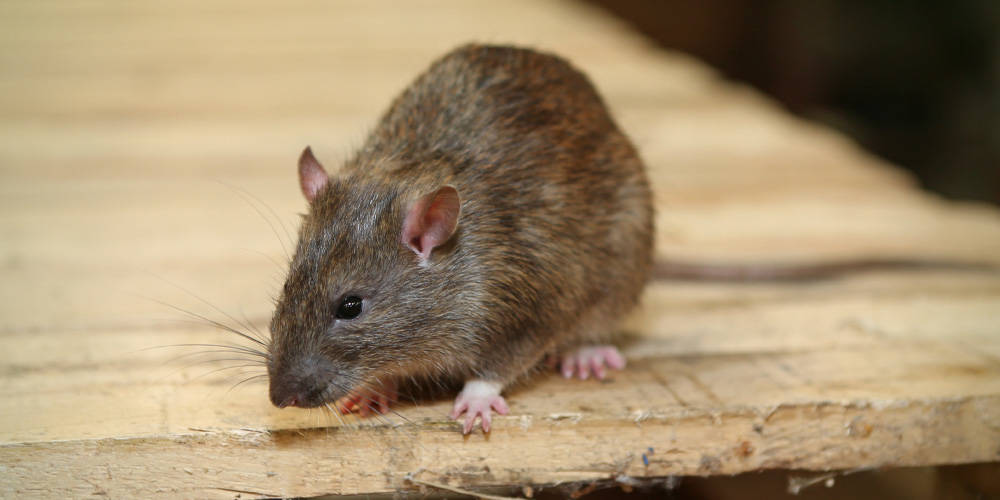- Home
- Wilson BLOCK OUT Pruning Paint aerosol
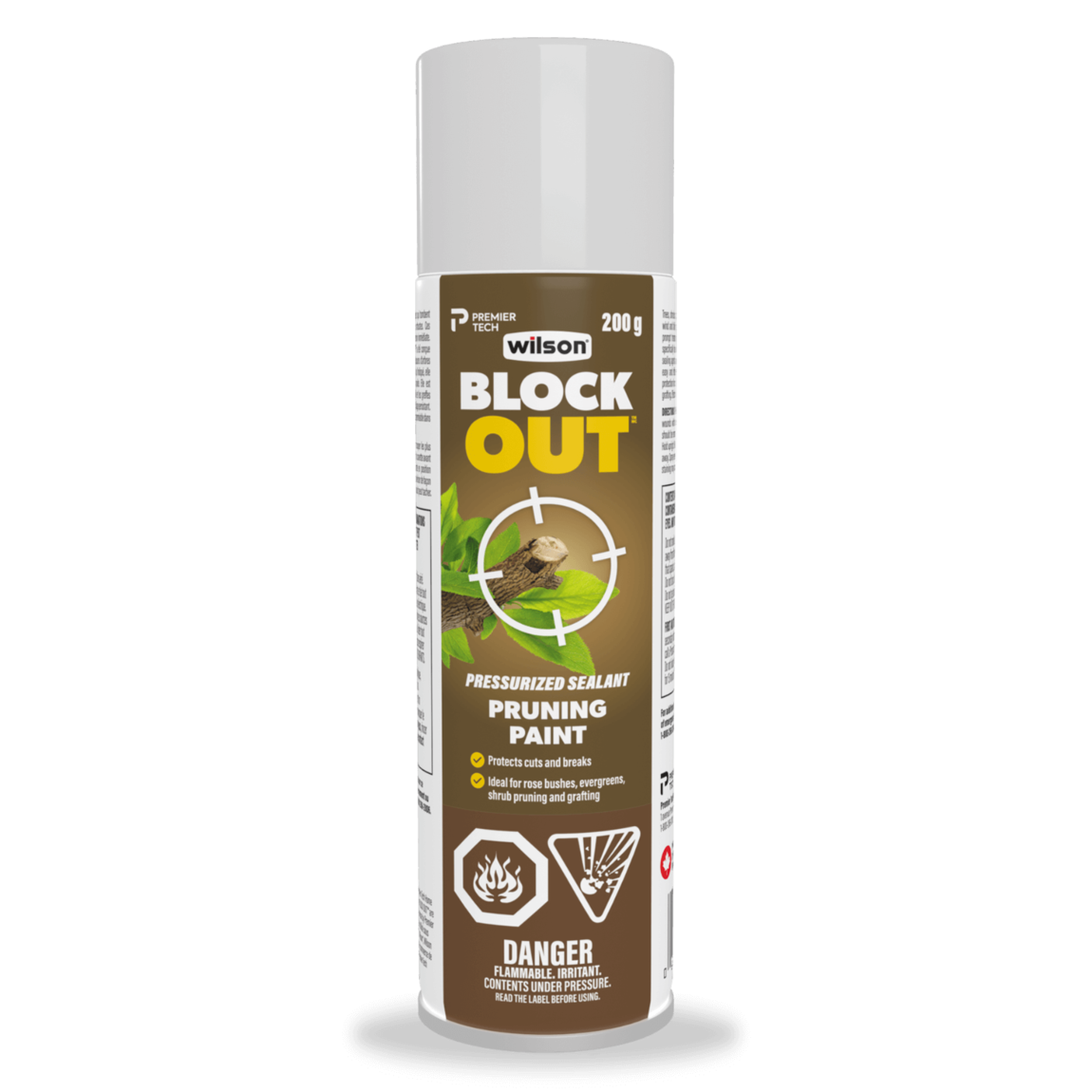

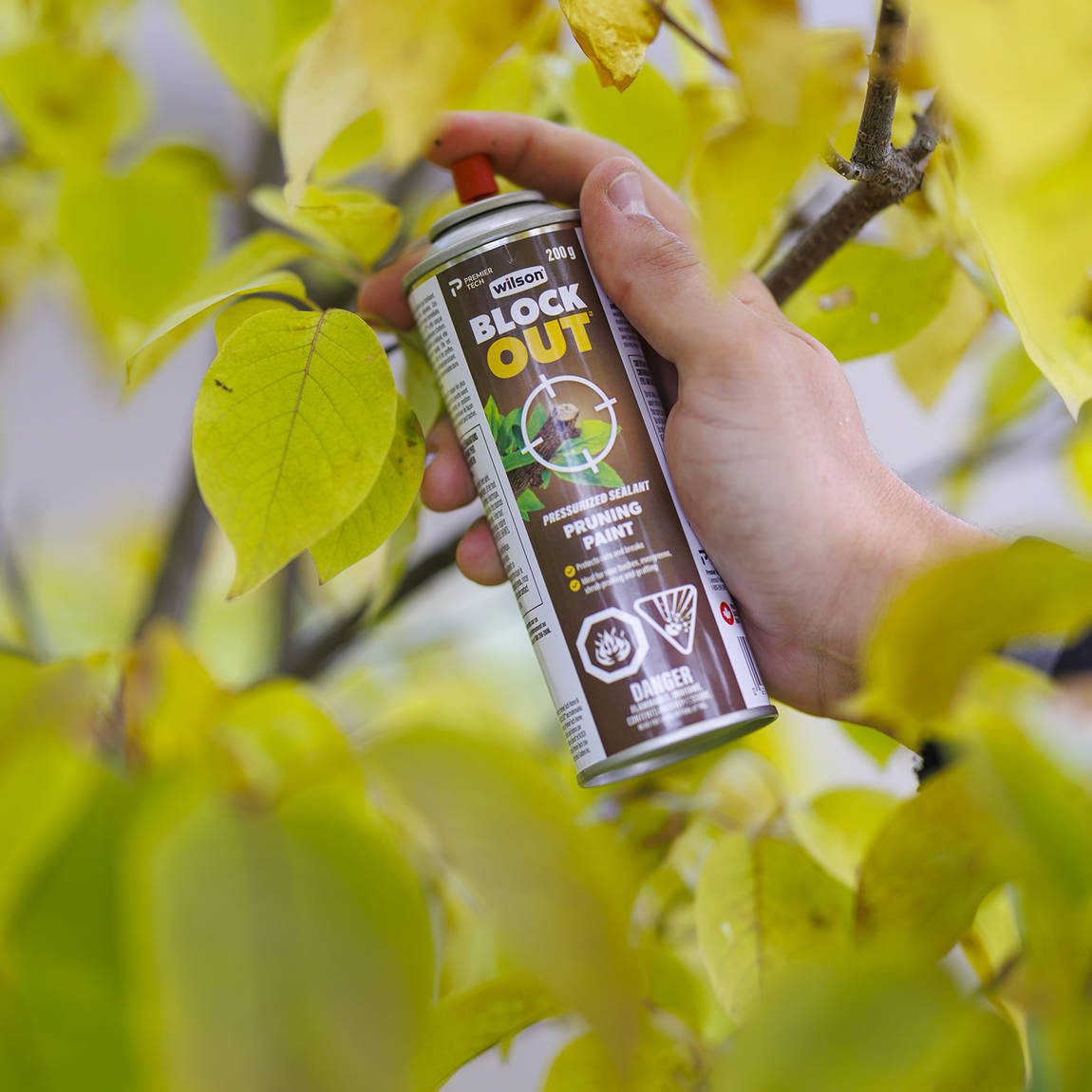

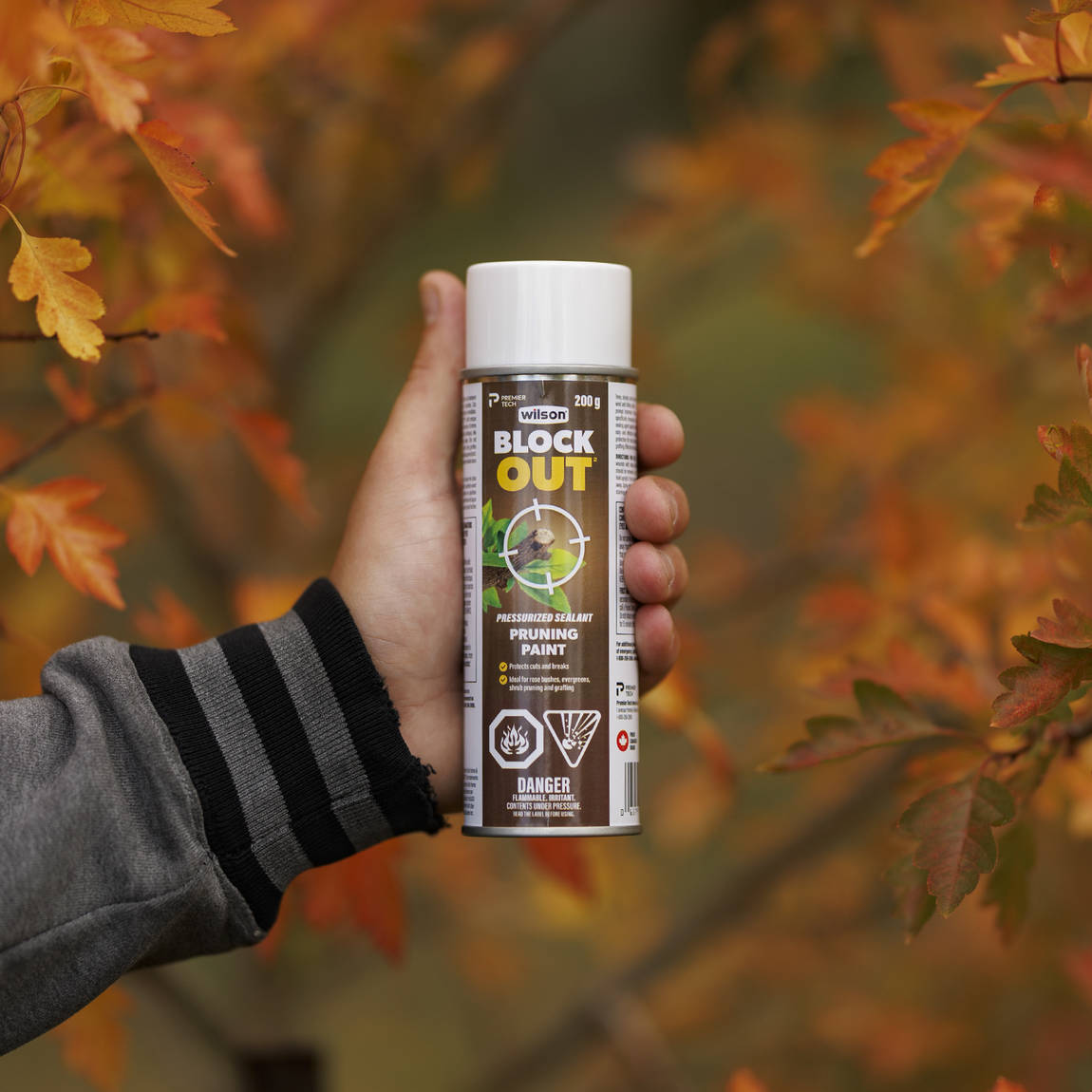

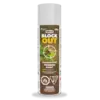
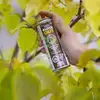
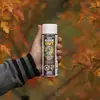
Wilson® BLOCK OUTTM
Pruning paint
Pruning is an important part of protecting your property: to remove dangerous overhanging limbs; to get rid of diseased branches; and to shape shrubs and trees into pleasing forms. In previous generations, it had been common practice to apply pruning paint to virtually every cut, on the premise that this would help keep out noxious insects and fungi. Recent research has shown this may not be as true as once thought, and in fact, pruning paint can interfere with natural healing and may help seal in rot.
However, our pruning paint has real value in specific situations. For example, in protecting trees such as oaks and elms that are extremely susceptible to fungi carried by certain beetles. Or fruit trees that are vulnerable to bacterial infections. Not to mention for trees that have suffered from the actions of Mother Nature, equipment, kids or animals, leaving large areas debarked. These areas are so large that a proper callous can never be created, leaving them vulnerable to infestations and dry rot. In these cases, pruning paint can be extremely helpful in keeping the exposed wood from drying out and cracking.
Stops tree cuts from drying out
Stops tree cuts from drying out
Easy to use
Easy to use
Ozone friendly, no CFCs
Ozone friendly, no CFCs
Water-based paint, containing no petroleum-based ingredients
Water-based paint, containing no petroleum-based ingredients
Step 1
Shake can well. Remove cap.
Step 2
Hold upright.
Step 3
Point valve toward surface to be sprayed 30 cm away.
Step 4
Spray entire surface uniformly. Avoid overspraying.
Tips
If used on large debarked areas on a tree, it is usually necessary to re-paint every spring, until the bark can cover over the wood.
Warnings
- Pruning is like surgery: only remove what you must.
- Do not use pruning paint indiscriminately. Examine each cut individually and proceed with appropriate action.
Dispose according to local regulations.
Keep out of sunlight. Store between 5 ͒C and 35 ͒C.
For additional product information or in case of emergency, spills or fire, call toll-free 1-800-268-2608.
General precautions
- Keep out of reach of children.
- Wash thoroughly after handling and before smoking or eating.
- Environmental: toxic to aquatic organisms, birds, bees and beneficial insects.
Hazards to humans
Can cause irritation to eyes. Can be harmful if ingested.
If on skin or clothing
Take off contaminated clothing. Rinse skin immediately with plenty of water for 15-20 minutes.
If in eyes
Hold eye open and rinse slowly and gently with water for 15-20 minutes. Remove contact lenses if present after the first 5 minutes, then continue rinsing eye.
If swallowed
Have person sip a glass of water if able to swallow. Do not induce vomiting unless told to by a poison control centre or doctor. Take container, label or product name and P.C.P. Registration Number with you when seeking medical attention.
If inhaled
Move person to fresh air. If person is not breathing, call 911 or an ambulance, then give artificial respiration, preferably mouth-to mouth, if possible.
In every case, call a poison control centre or doctor for treatment advice.
Frequently asked questions about Wilson BLOCK OUT Pruning paint
Pruning paint has always been used in the past to treat tree wounds. However, current wisdom is to only use pruning paint on larger exposed areas that will take time to heal. Otherwise, it is not necessary on simple pruning cuts.
Many types of pruning paint are oil-based paints, tar, asphalt or other materials that contain petroleum solvents. These petroleum ingredients are no longer recommended. Wilson BLOCK OUT Pruning Paint is a newer generation of water-based paint, containing no petroleum-based ingredients, and has a natural black dye made from charing organic materials.
Older style petroleum-based paint or house paint are not recommended. Newer water-based paint like Wilson BLOCK OUT Pruning Paint is recommended when debarked areas are so large that a proper callous can never be created, leaving them vulnerable to infestations and dry rot. In these cases, pruning paint can be extremely helpful in keeping the exposed wood from drying out and cracking.
You can apply a thin layer of Wilson water-based paint in the following situations:
- Pruning cuts on oaks and elms that are extremely susceptible to fungi carried by certain beetles.
- Fruit trees that are vulnerable to bacterial infections.
- Trees that have suffered from the actions of Mother Nature, equipment, kids or animals, leaving large areas debarked. These areas can be too large for a proper callous to be created, leaving them vulnerable to infestations and dry rot.
In these cases, pruning paint can be extremely helpful in keeping the exposed wood from drying out and cracking. You may have to reapply Wilson BLOCK OUT Pruning Paint annually until the wound is calloused over.
Cut should be made on the branch side close to what is called the stem collar. This is the small lip of bark that each branch protrudes from. You want to leave that collar intact, so don't cut flush with the trunk.
Light pruning or removing dead branches can be done anytime. Most trees and shrubs can be pruned in late winter/early spring. If you are planning on more drastic pruning, pruning at this time will result in an explosion of growth during the spring.
Pruning during mid-summer will slow the growth of the cut branch, so it's a good strategy if you're trying to shape your tree or slow the growth of branches you don't want.
Pruning in the late summer/early fall is not recommended.
Pruning changes the form and growth of a plant, and it can also be considered preventive maintenance for both insect and disease damage. Many problems may be prevented by pruning correctly during the formative years for a tree or shrub. The late dormant season is the best time for most pruning.
Haven't found the answer to your question?
We are here to help you!
